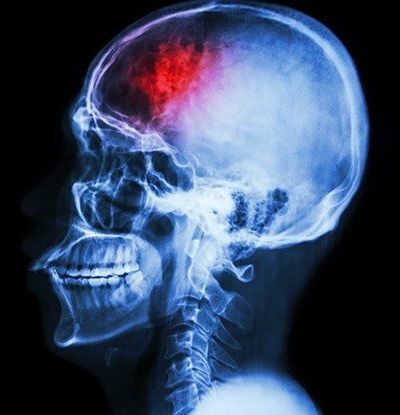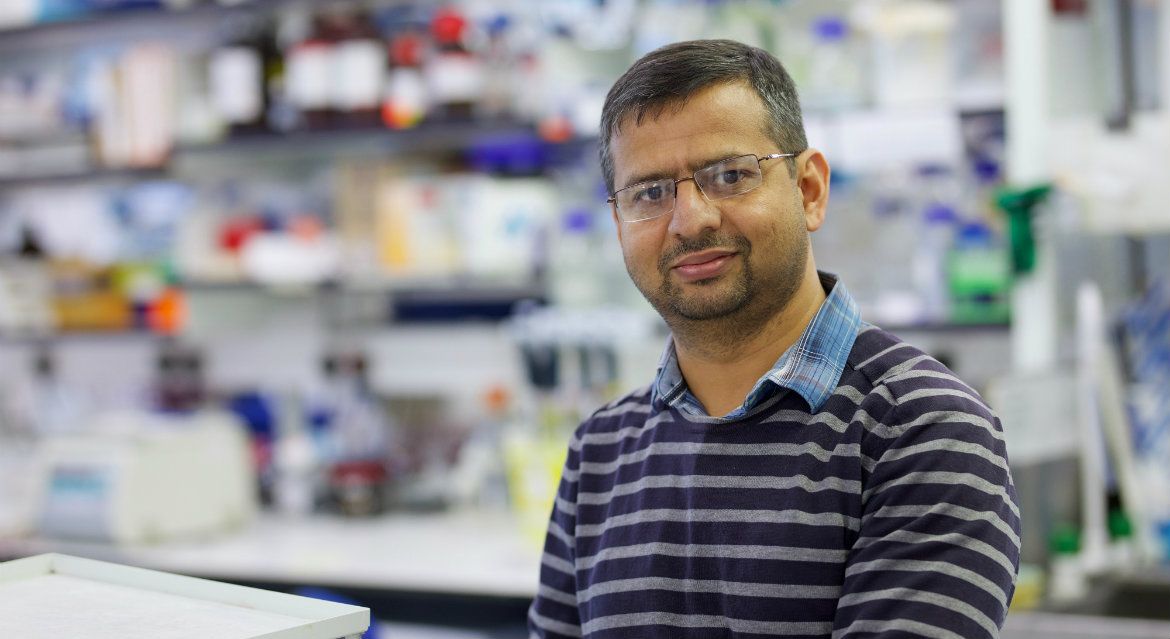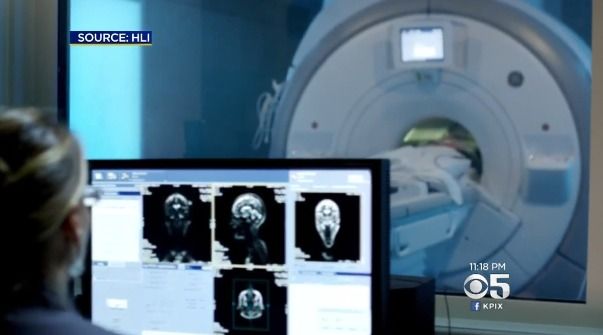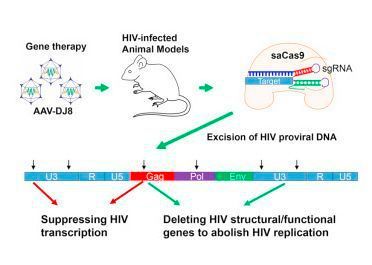New simulation technology is not just revolutionising gaming, it could transform the way we model everything from disease to economic markets and ecosystems.
By Chris Baraniuk


Malicious software that blocks access to computers is spreading swiftly across the world, snarling critical systems in hospitals, telecommunications and corporate offices, apparently with the help of a software vulnerability originally discovered by the National Security Agency.
The reports of the malware spread began in Britain, where the National Health Service (NHS) reported serious problems throughout Friday. But government officials and cybersecurity experts later described a far more extensive problem growing across the Internet and unbounded by national borders. Europe and Latin America were especially hard hit.
“This is not targeted at the NHS,” British Prime Minister Theresa May told reporters. “It’s an international attack, and a number of countries and organizations have been affected.”

To Dr. Mark Gomelsky, a professor at the University of Wyoming, genetically engineered therapeutic cells are like troops on a mission.
The first act is training. Using genetic editing tools such as CRISPR, scientists can “train” a patient’s own cells to specifically recognize and attack a variety of enemies, including rogue tumor soldiers and HIV terrorists.
Then comes the incursion. Engineered cells are surgically implanted to the target site, where they’re left to immediately carry out the mission. The problem, says Gomelsky, is adding a command center “that could coordinate their activities in real time according to the developing situation,” such as telling cells when to activate and when to stop.
The Buck institute is in the spotlight today.
Located in Novato, California, not too far from Mount Burdell Preserve and Olompali State Historic Park, is one of the world’s leading research centres for ageing and age-related diseases—the Buck Institute for Research on Aging.
Opened in 1999 thanks to the substantial bequest of American philanthropist Beryl Hamilton Buck, the Buck Institute set to fulfill her wishes that her patrimony be spent to “extend help towards the problems of the aged, not only the indigent but those whose resources cannot begin to provide adequate care.” Over the years, the Institute has certainly honoured its commitment: The Buck can boast some of the most eminent experts on ageing among its research staff, and a number of laboratories that push forward our understanding of age-related pathologies every day—such as the Campisi Lab and the Kennedy Lab, just to name a few.
The Buck’s approach to investigating ageing is a multifaceted one. The institute rightfully acknowledges the necessity to bring together experts from disparate fields of science—from physics to engineering, from mathematics to anthropology—in order to properly understand the complex networks of biochemical processes underlying ageing and ultimately leading to pathology. Biochemistry, molecular endocrinology, proteomics, genomic stability, and cell biology are only some of the areas of investigation of the Buck, and the medical conditions researched by their teams range from Huntington’s disease to ischemia, to Parkinson’s, to cancer and Alzheimer’s. The three main questions the Buck set to answer are why do ageing tissues lose their regeneration capacity, why do stem cells fail to function with ageing, and how do tissues change during ageing so that they no longer support normal regenerative processes.

In yet another study that has connected conditions in the gut to diseases of the brain, scientists have linked the cause of common blood vessel abnormalities in the brain to bacteria colonies in the stomach.
These malformations can lead to strokes called cerebral cavernous malformations (CCMs), which don’t leave patients with many options — if surgery can’t be performed, there’s little left but palliative care. But figuring out what causes these abnormalities could led to treatments that block them before they even occur.
An international team led by researchers from the University of Pennsylvania studied genetically engineered mice that were prone to developing vascular lesions in their brains.

Abbott received the European CE Mark and is introducing its Confirm Rx Insertable Cardiac Monitor (ICM). Still sporting St. Jude Medical’s logo, now part of Abbott, the Confirm Rx features wireless Bluetooth connectivity to a paired app on the patient’s smartphone. This allows for transmission of cardiac event data to the patient’s cardiologist from just about anywhere there is cellular connectivity.
Unlike other similar devices, you don’t need a separate transmitter, like the Merlin system that has typically been employed, taking up space near the bed. And you can freely travel without having to bring another dedicated device.
Cardiac monitors such as these are used to detect heart arrhythmias in order to help identify their causes and triggers. Patients have them implanted under the skin in a procedure that takes only a few minutes, and then go about their usual days while being continuously monitored, with data uploading to a central hub on a regular basis.
A pressure sensor printed directly on a hand is a step toward new biomedical devices, “on the fly” wearable technology, and more…
(Inside Science) — Wearable technology may soon be at your fingertips — literally. Researchers have developed a pressure sensor that can be 3D printed directly on your hand. The device, sensitive enough to feel a beating pulse, is made from soft, stretchy silicone that conforms to the curves of your fingertip.
It’s a step toward a more seamless integration of human and machine, said Michael McAlpine, a materials scientist at the University of Minnesota in Minneapolis. His team didn’t print the device on a real hand yet — just an artificial one. “But,” he said, “it sets the stage for future work in 3D printing electronic devices directly on the body.”
Someday, that could mean technology evocative of the cyborgs and bionic humans of science fiction. In the nearer term, 3D printed gadgets on and in the body could aid medical treatment, health monitoring and surgery.

A new tool to address loss of proteostasis and destroy target proteins. It could potentially be used to destroy amyloids in Alzheimer’s, Parkinson’s, ALS, heart disease and amyloidosis which are driven by misfolded protein aggregation.
A new therapy could be the basis for addressing one of the primary reasons we age, loss of proteostasis and the resulting accumulation of Amyloidosis. Alzheimer’s, Parkinson’s, Amloidosis, Lipofuscin and so on could all potentially be targets for this technique.
“University of Dundee researchers have shown that it is possible to rapidly target and destroy specific proteins in cells, raising the possibility of developing new ways of targeting ‘undruggable’ proteins in diseases.”


An important breakthrough has been made in the eradication of AIDs. Scientists have found they can successfully snip out the HIV virus from mouse cells using CRISPR/Cas9 technology.
Right now patients with the deadly virus must use a toxic concoction of anti-retroviral medications to suppress the virus from replicating. However, CRISPR/Cas9 can be programmed to chop out any genetic code in the body with scissor-like precision, including, possibly, all HIV-1 DNA within the body. And if you cut out the DNA, you stop the virus from being able to make copies of itself.

First published in the journal Molecular Therapy, the team is the first to show HIV can be completely annihilated from the body using CRISPR. And with impressive effect. After just one treatment, scientists were able to show the technique had successfully removed all traces of the infection within mouse organs and tissue.